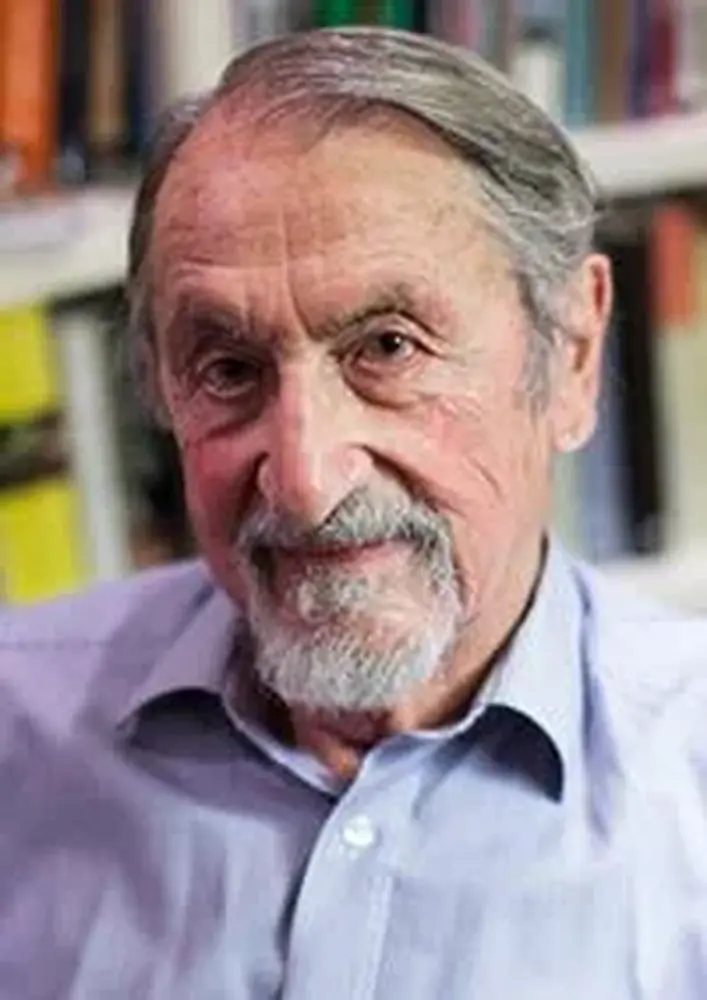
Martin Karplus, professor of chemistry emeritus at Harvard University and professeur conventionné at the University of Strasbourg, died Dec. 28 at the age of 94.
A recipient of the Nobel Prize in Chemistry in 2013, Karplus was a researcher and instructor of chemistry at the University of Illinois Urbana-Champaign from 1955 to 1960. During that time, he carried out important theoretical work in nuclear magnetic resonance spectroscopy (NMR).
Karplus received the Nobel Prize along with Michael Levitt, of Stanford University, and Arieh Warshel, of the University of Southern California. The Royal Swedish Academy of Sciences credited their work in the 1970s for laying the foundation for powerful computer models used to understand and predict chemical processes.
“Today the computer is just as important a tool for chemists as the test tube,” the Academy said, in its release. “Simulations are so realistic that they predict the outcome of traditional experiments.”
In a 2013 article about Karplus receiving the Nobel Prize, Gregory S. Girolami, William H. and Janet G. Lycan Professor of Chemistry at Illinois, said Karplus conducted important research at Illinois on NMR, a spectroscopic technique that is widely employed to determine the structures and dynamics of molecules. It is the basis of the medical diagnostic technique of magnetic resonance imaging, or MRI, invented by former Illinois professor of chemistry Paul Lauterbur, who won the Nobel Prize in 2003.
“Professor Karplus’s discovery of what is now known as ‘the Karplus equation’ was almost immediately shown to be a highly useful tool for determining the three-dimensional structures of organic compounds by his colleague on the chemistry faculty, fellow Nobel prizewinner E.J. Corey,” Girolami said.
Karplus was born in Vienna, Austria, and came to the United States in 1938 with his family as Jewish refugees from the Nazis. In an article he wrote in 2006 for the Annual Review of Biophysics and Biomolecular Structure, called “Spinach on the Ceiling,” he detailed how he arrived at the U of I to work with Herbert Gutowsky, a professor of chemistry whose name is on a plaque for pioneering work in NMR.
“I was ready to get to work, and Urbana-Champaign seemed like a place where I could concentrate on science with few distractions,” Karplus wrote. “The presence of four new instructors—Rolf Herber, Aron Kupperman, Robert Ruben, and me—plus other young scientists on the faculty, such as Doug Applequist, Linn Belford, and E.J. Corey, led to a very congenial and interactive atmosphere.”
Karplus received a BA from Harvard University in 1950 and went on to do graduate work in chemistry at the California Institute of Technology, completing a PhD in chemistry in 1953 under the advisement of Linus Pauling. After postdoctoral work at Oxford, Karplus joined the chemistry faculty at Illinois and "derived the Karplus Equation, which relates nuclear magnetic resonance coupling constants and molecular bond angles," according to an obituary article in C&EN. In 1960, Karplus left Illinois for Columbia University and eventually returned to Harvard in 1966.